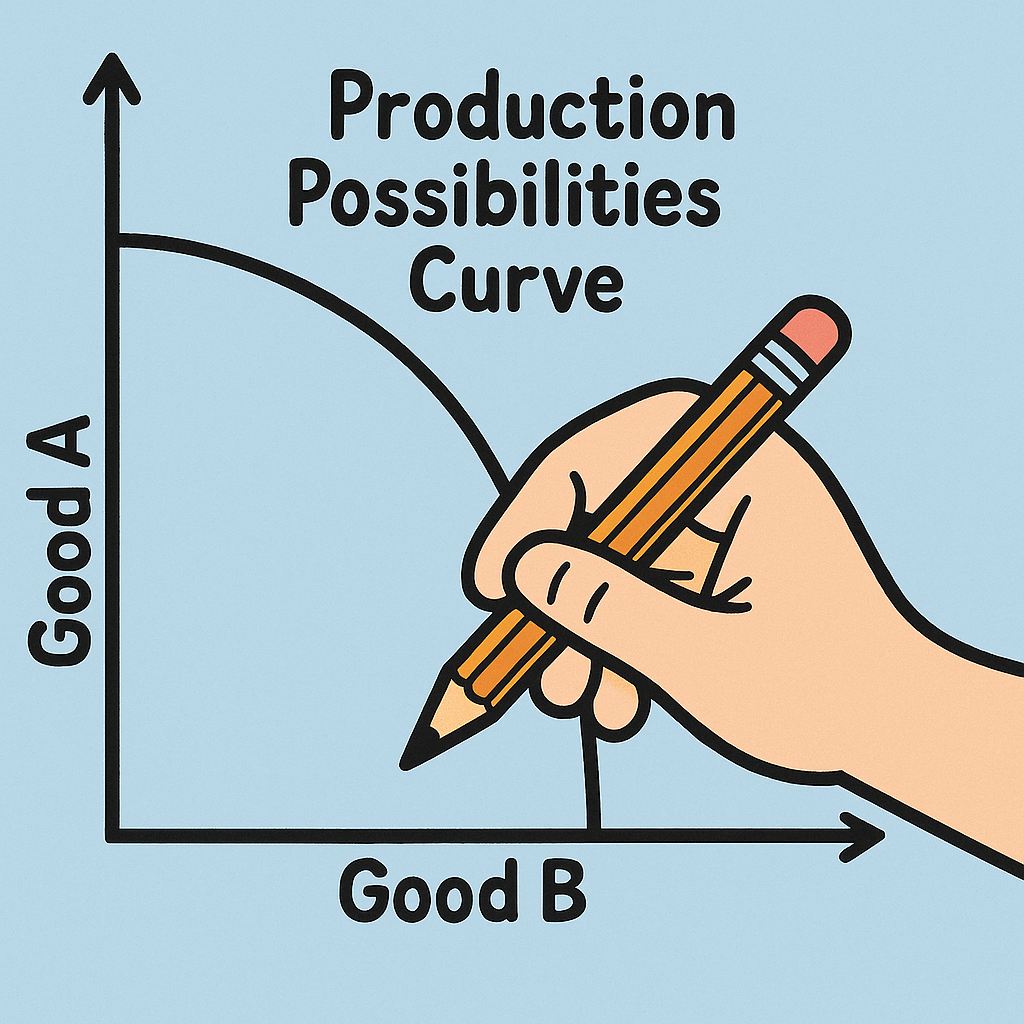
Grades 6-8

Don't have an account yet? Sign up for free
Don't have an account yet? Sign up for free
The student will be able to:

History: The tulip was introduced into western Europe from the Middle East in the middle of the 1600s. It flourished in the Dutch climate and became a local favorite. As the popularity of tulips increased, the price of tulip bulbs soared. A single tulip bulb sold for hundreds of times the price of a pig or a sheep and a thousand times higher than the price of a bushel of wheat.
Mystery: Why would people choose to spend a fortune on a single tulip bulb?
Lesson Description: Students review the prices of many goods in the 1600s in the Netherlands and compare them to prices paid for rare tulip bulbs during the Great Tulip Boom of the 1630s. They then perform a simulation of the boom and write a short essay expressing their personal feelings about the relationship between risk and rates of return in this lesson from the Council for Economic Education curriculum World History: Focus on Economics.
Looking for more lessons like this one? “Focus: Middle School World History” is available from CEE’s book store.

Grades 6-8

Grades 9-12

Grades 9-12

Grades K-2, 3-5
